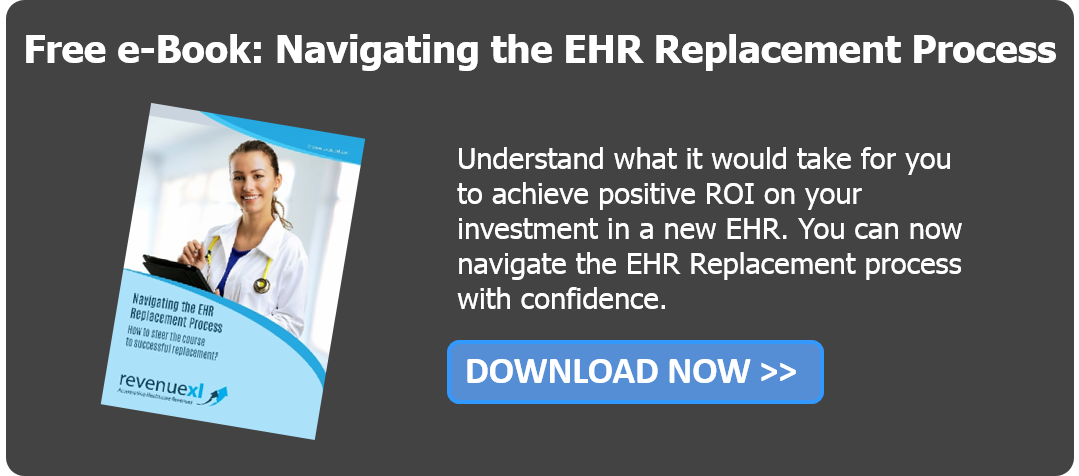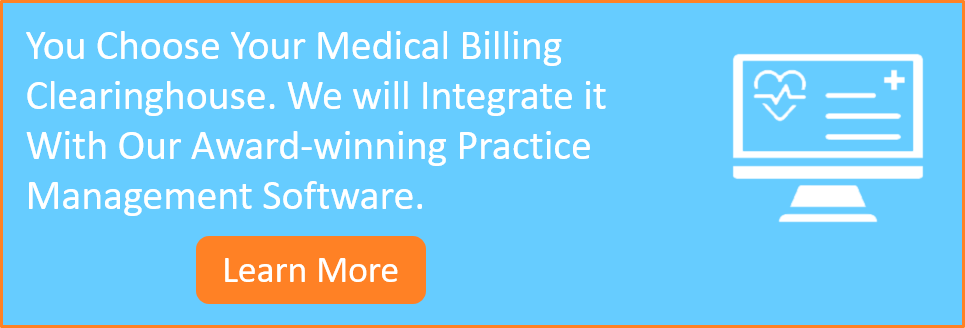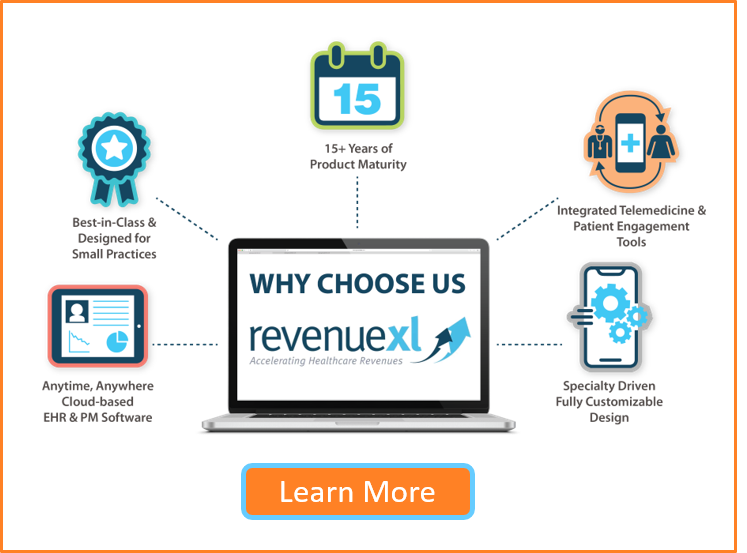What Is a Healthcare Clearinghouse?
A medical billing clearinghouse simplifies and streamlines the healthcare billing process by acting as an intermediary between providers and insurance companies. By converting billing data into standard formats and checking claims for errors before submission, a clearinghouse helps reduce denials and accelerate reimbursements. Accurate, HIPAA-compliant claim transmission ensures fewer delays and minimizes administrative burden. This guide explores how medical billing clearinghouses work and the benefits they offer to healthcare providers.
Core Functions of a Clearinghouse
A clearinghouse handles the following critical tasks in claims submission:
- Verify Eligibility: Confirms patient insurance coverage, limits, and out-of-pocket costs pre-treatment to prevent denials.
- Receive Claims: Accepts claims from providers via practice management systems for centralized processing.
- Scrub Claims for Errors: Reviews each claim for coding errors or missing data, boosting approval odds.
- Standardize Claims: Formats claims into HIPAA-compliant structures for payer compatibility.
- Transmit Claims: Sends error-free claims electronically to insurers for swift handling.
- Confirm Receipt: Notifies providers when claims reach the payer, ensuring transparency.
- Relay Payer Responses: Shares insurer decisions—approvals or denials—with providers.
- Report Errors or Denials: Details rejection reasons for quick fixes.
- Facilitate Patient Billing: Generates accurate patient bills post-payer response.
- Provide Reporting and Analytics: Offers insights on submission patterns and denials to optimize billing.
- Manage Denials: Identifies denial causes and aids corrections for better reimbursement.
This healthcare clearinghouse process ensures efficiency across the revenue cycle.
The Clearinghouse Process
Typically, this exchange goes like this:
- Each claim filed in a medical billing software is transformed into a file that is compliant with ANSI-X12-837 format.
- The file is uploaded to your medical clearinghouse account.
- The clearinghouse checks (scrubs) the file for errors before transmitting it to a payer.
- The file is then sent to the specified payer.
- Depending on the situation, the payer can reject or accept the claim.
- Your clearinghouse receives an update about any errors detected by the insurance company and adds them to your dashboard.
Each transmission is carried out over a secure connection as required by HIPAA (Health Insurance Portability and Accountability Act).
Why do you need a Clearinghouse?
In general, clearinghouses work a lot like typical financial institutions that process transactions made electronically and check for errors along the way. With this in mind, here’s how clearinghouse software can benefit your practice:
- Catching and reducing errors: John Hopkins Medicine quotes a study which says that 250,000 deaths occur in the US every year due to medical errors. Some of these errors are due to erroneous data entry. Medical clearinghouse software catches errors that a user may have made during a data entry process. For instance, it can pick up on typos made while collecting patient information during the data entry process for a claim. And since they already have every insurance provider’s data in their system, it reduces the amount of errors you can make while transmitting claim information.
- Secure data transfer: Clearinghouses act as electronic hubs that allow healthcare practices to transmit claims to insurance providers in ways that secure PHI (Protected Health Information). According to Healthcare IT News, the average global cost of a lost or stolen record in healthcare organizations amounts to $355 per record. Data theft costs industries millions. A resource that eliminates this possibility therefore is worth its weight in gold.
- Backup claims information: Manage all of your claims information in one source.
- Fast and clean claims submission: Submit all of your claims to different insurers at the same time.
- Paperless claims management: Since a medical clearinghouse relies on software to process claims, it eliminates or reduces the need for healthcare providers to rely on paper records like claims forms.
- Accurate data: Your practice receives accurate data which can help you make precise revenue forecasts with shortened payment cycles.
- Saves time: With a medical clearinghouse, you spend more time treating patients and less time billing them.
Clearinghouse Selection Best Practices
Billing is at the core of your revenue cycle. Therefore, choosing the right clearinghouse for your practice is an important factor in managing your cash flow. But there are hundreds of options to choose from. To find a clearinghouse that best suits your practice, consider the following:
1. Clearinghouse Budget
When looking for potential vendors, see if their price packages suit your budget. Ask them for a summary of costs. Depending on your preferences, you can go for a cloud-based SaaS (software-as-a-service) product or a web-based application. Ask how much each vendor charges for subscriptions and extra fees. For example, some clearinghouses might charge you extra for ERA (Electronic Remittance Advice).
2. Compatibility with Medical Billing Software
EHR and medical billing software must be compatible in order to be a “one stop solution” for a medical practice’s IT and billing needs. Check whether your chosen clearinghouse offers a solution that works seamlessly with the software your staff currently uses. For example, if you use EHR software to manage or process patient information, make sure that it’s compatible with the clearinghouse’s software.
3. Usability of the Clearinghouse Interface
Intuitive software cuts down training time and helps run billing processes smoothly. To ensure usability, find software that is easily accessible by pertinent staff members. Ask yourself the following questions during the selection process:
Does the interface have components that can help you go through basic operations easily? Are claim errors written in a language that your staff can easily understand?
For example, to ensure usability, the clearinghouse should enable you to verify patient eligibility in real time and offer advanced search options for data access.
4. Real Time Customer Support
Premium clearinghouses offer support from experienced billers in real time. For example, in case of rejection, the clearinghouse software should have a chat option that gives you access to experienced billers. These billers can point out mistakes that lead to the rejection.
5. Online Access Offered by the Clearinghouse
You and your staff should be able to edit or see the status of sent claims at all times. The clearinghouse should be available 24/7 and should therefore provide online access.
Top 5 Clearinghouses
Our EHR integrates with a large number of Clearinghouses. We let our customers decide which clearinghouse works best for them for their specific requirements. Here is a list of five medical clearinghouses that you can consider for your practice:
1. Navicure / ZirMed
Navicure recently merged with ZirMed and now operates under both Navicure and ZirMed brands. The revenue cycle management company offers a one-stop cloud based software solution (ClaimFlow™) that streamlines medical billing processes from initial claims submissions to analysis of patient eligibility, claims editing, remittance, denial, and appeal management. The company has received four “Best in KLAS” awards, including one this year.
2. Availity
Availity is a free Florida-based service that offers medical practices clearinghouse and revenue cycle management products. It offers access to a secure multi-payer portal (Availity Portal) that provides users with access to multiple health plans, allows them to check eligibility, and acquire real-time authorization. The health information network recently won the Governor’s Business Ambassador Award for its contribution to the nation’s economy.
3. Emdeon
Emdeon is the nation’s largest clearinghouse and is a leading provider of revenue and payment cycle management and clinical information exchange solutions, connecting payers, providers and patients in the U.S. healthcare system. Emdeon’s offerings integrate and automate key business and administrative functions of its payer and provider customers throughout the patient encounter.
Through the use of Emdeon’s comprehensive suite of solutions, which are designed to easily integrate with existing technology infrastructures, customers are able to improve efficiency, reduce costs, increase cash flow and more efficiently manage the complex revenue and payment cycle and clinical information exchange processes.
4. Trizetto Provider Solutions
Trizetto Clearinghouse allows you to process professional, institutional, dental and workers compensation claims. Direct payer relationships allow electronic transactions in all 50 states, Puerto Rico, and Guam. It has 8,000+ payer connections including primary, secondary, ERA, eligibility, dental, and work comp. It provides integration with more than 650 electronic health records/practice management solutions. Other features include the following:
- Streamlined solution for workers’ compensation claims
- All claim formats accepted -- NSF, print image, 4010, and 5010
- Payer-specific edits catch mistakes before they become rejections
- Rejection analysis tracks common errors
- Denials solutions help identify denials and automate the appeal process
- Convert paper payments to postable 835 remittance files
5. Office Ally
Office Ally is a HIPAA compliant clearinghouse that offers web based services to healthcare providers for free. It works with around 5,000 payers nationwide and offers 24/7 customer service, free setup, and training. Additionally, the service also allows medical practices to use their own software to create and submit insurance claims electronically.
Looking Ahead
This post can help you choose the best clearinghouse for your medical practice. Partnering with the right company can help you streamline revenue cycles, improve cash flow, and maximize profits. Additionally, it removes unnecessary burdens on your billing staff, improves your relationship with insurance carriers, keeps revenue forecasts accurate, and shortens the payment cycle.
RevenueXL gives you the freedom to work with any of the best Clearinghouses when you implement integrated EHR and Practice Management Software. Give us a call today to discuss your practice needs and to learn more about our specialty-specific EMRs—or schedule a live demo and see for yourself how easy and cost-effective switching to a new EMR can be.








